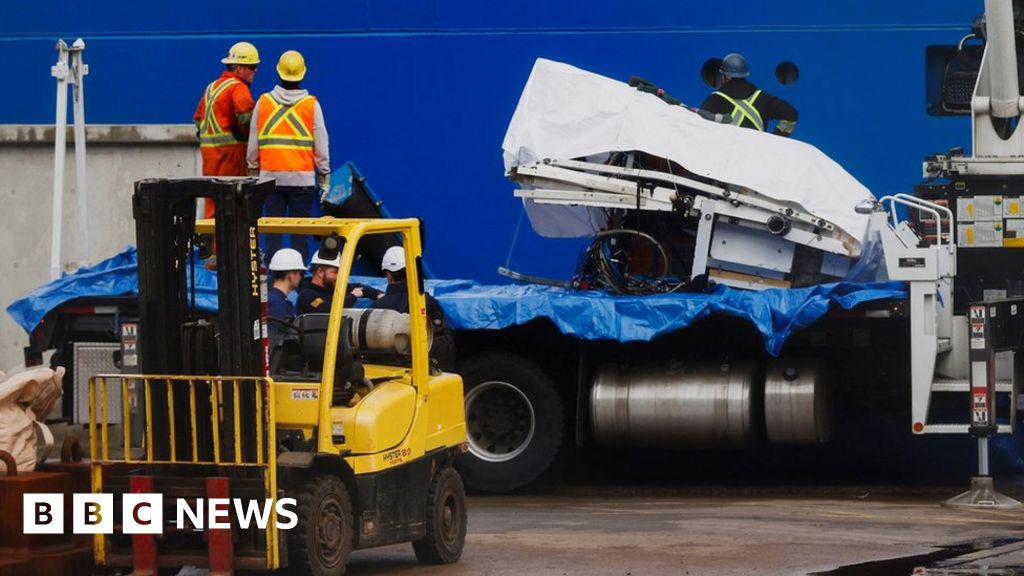- cross-posted to:
- news@kbin.social
- cross-posted to:
- news@kbin.social
“US medical professionals will conduct a formal analysis of presumed remains”
So… bits and pieces of organic matter that may or may not be human. I assumed that they all were blown to smithereens in the accident, so I’m curious to know what they found.
This incident was the other way around, but it gives a good indication of the forces at play: https://en.wikipedia.org/wiki/Byford_Dolphin
It was super interesting to see the parts they recovered in the video.
Where is this video?
There is a break in the story where they have three links, and the last one says something about the video of the wreckage.
It was at the bottom of the article when I saw it
Presume that similar to air incident investigations, there’ll be a forensics investigation on the wreckage to formally determine the cause of the incident.
However, the difference between the two situations is that aircraft have fully documented designs and maintenance reports, whereas this craft appears to have been cobbled together with zip ties.
How? I thought they turned into like a mist or whatever?
That’s crazy. I imagine that at such depths, organic remains take longer to decompose than usual.
Normally remains will be eaten by scavenging critters before they have a chance to decompose
From what I’ve learned from the titanic I’m pretty sure they decompose faster as I know that even the clothes and bones of the titanic victims have decomposed we were only able to count victims based on the souls of their shoes that being the only part of the bodys that didn’t decompose
Most likely eaten rather than decomposed by microorganisms.
Every animal that dies and falls to the sea bed is pretty quickly consumed by the bottom feeders.
Here is a video of a whale being consumed on the sea floor.
To be fair, it went down in 1912 and the wreck wasn’t discovered until the 1980s, so plenty of time to be decomposed/eaten. I have also read that bodies tend to leave behind feet in water (sometimes even wash up to shore) because the shoes prevent creatures from scavenging the feet.
Maybe one of the families will have something tangible for a funeral/memorial service. Some folks need that sort of thing to make it easier to grieve and eventually move on.
It’s kind of surprising since the way it was explained to me, no remains could…well “remain” given the pressure at that depth. I know how morbid it sounds, but strictly speaking I would be interesting to know which “parts” remained/they found that could’ve withstood that.
I mean most of the body is water, which will withstand any pressure in the ocean.
I’d assume that a body slowly dropped to that depth would remain mostly intact.
The Speed at which everything happened makes it much more difficult. How quickly did the hull collapse, how quickly did the air in the submarine compress, did that pressure have time to equalize in the bodies as well?









